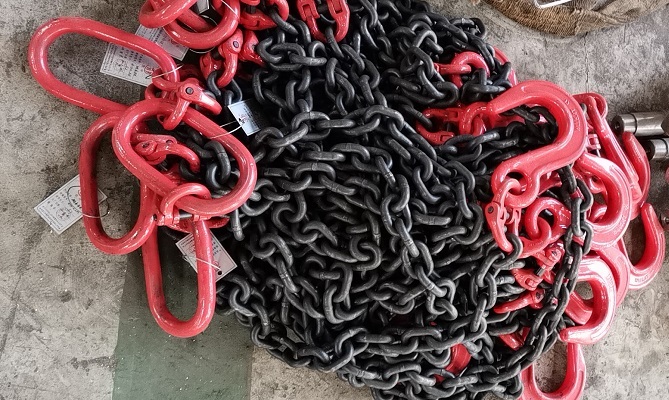The falling of the hook will bring great safety hazards to people's personal safety. Before and during the operation, any factors that may affect the safety of the hook should be paid attention to:
1. Irregularity of the hook
1.1 Risks caused by irregular design, such as failure of overload protection, unreasonable selection of spreaders and slings, etc.;
1.2 Manufacturing defects and installation defects, etc., make the equipment with hidden dangers put into use.
2. Human unsafe behavior
2.1 It is characterized by unskilled operation and lack of necessary safety education and training;
2.2 Working without a certificate;
2.3 Violations of regulations and disciplines, reckless behavior, and bad operating habits;
2.4 Misjudgment of operation, unclear command signal.
3. Environmental factors
3.1 Unfavorable environments that exceed safety limits or hygiene standards, such as lifting operations in environments with high dust, high temperature, high humidity, low temperature, high noise, windy days, and poor lighting, will distract attention and directly affect the response of operators The stability of ability and technology will increase the chances of misoperation and illegal operations, leading to accidents.
3.2 Poor working environment will also reduce the function of the crane system itself and even accelerate the failure of parts (components), becoming one of the unsafe factors.
4. Flaws in safety management
4.1 Lack of crane management, inspection and regular safety performance inspection;
4.2 There is a lack of safety education and training for relevant personnel, formulation of crane safety operation regulations, establishment of reward and punishment system for violations, and accident emergency plan;
4.3 Lack of regular inspection of lifting equipment and lifting aids Lack of effective monitoring and management.
In short, strengthening the safety education and training of crane-related personnel, and conducting regular inspections of the safety performance of cranes in use (including lifting aids) are necessary guarantees to reduce the occurrence of accidents caused by crane hooks and falling objects.










_100.jpeg)


